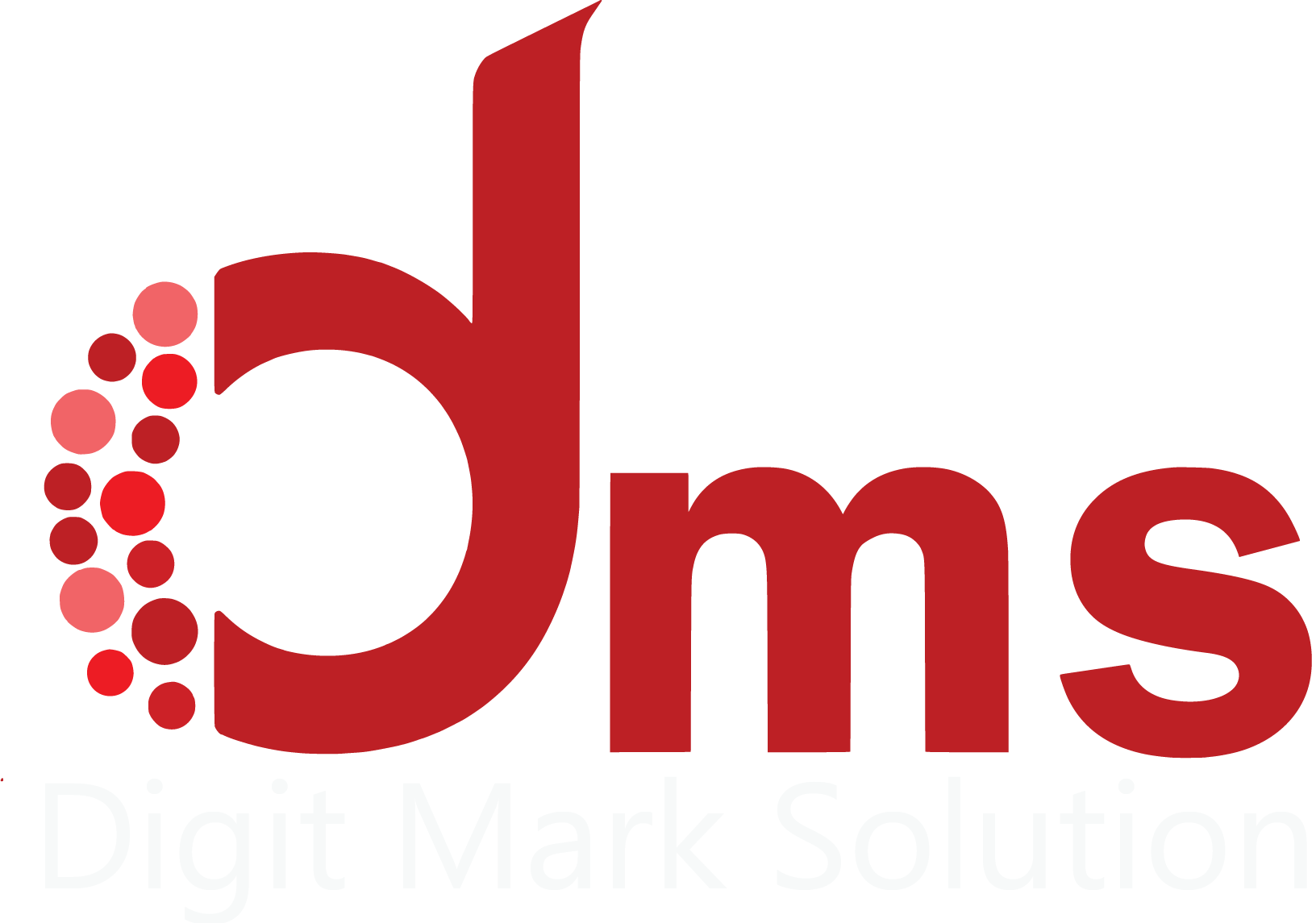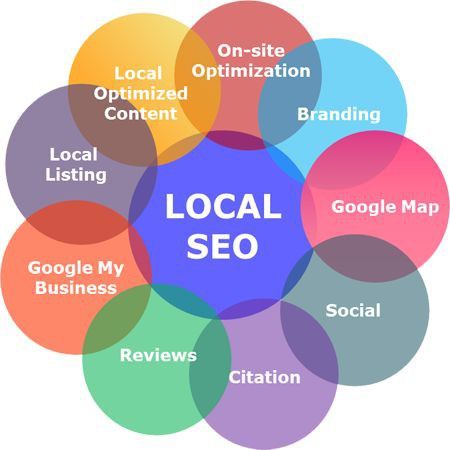Mastering Technical SEO: 10 Comprehensive Guide to Boost Your Website’s Performance
Introduction Technical SEO
In the fast-paced world of digital marketing and online businesses, having a stunning website design and high-quality content isn’t enough to succeed. To truly stand out and capture the attention of both search engines and users, you need to master the art of Technical SEO (Search Engine Optimization). Technical SEO involves optimizing your website’s infrastructure and performance to ensure it’s not only user-friendly but also search engine-friendly. In this comprehensive guide, we will delve into the key aspects of Technical SEO, providing you with actionable insights to improve your website’s search engine rankings and overall performance.
In today’s digital landscape, site speed is of paramount importance. Users expect websites to load quickly, and search engines prioritize fast-loading sites. Slow websites not only frustrate users but also receive lower rankings in search results. To enhance your site speed:
- Optimize images: Compress images without compromising quality.
- Use Content Delivery Networks (CDNs): CDNs distribute website content across multiple servers, reducing latency.
- Minimize HTTP requests: Reduce the number of elements on a webpage to decrease loading time.
- Enable browser caching: Save website resources on users’ devices to speed up future visits.
With the majority of internet traffic coming from mobile devices, it’s crucial to ensure your website is mobile-friendly. Google prioritizes mobile-first indexing, meaning it primarily uses the mobile version of a site for ranking and indexing. To optimize for mobile:
- Use responsive design: Ensure your website adapts seamlessly to different screen sizes.
- Mobile-friendly content: Make sure text is readable, and buttons are easily clickable on mobile screens.
- Test with Google’s Mobile-Friendly Tool: Use this tool to check if your website meets mobile optimization standards.
SSL and HTTPS
Security is a top concern for both users and search engines. Google has been actively promoting secure websites by giving preference to those with SSL certificates (HTTPS) in search rankings. To secure your site:
- Obtain an SSL certificate: Purchase and install an SSL certificate to enable HTTPS.
- Update internal links: Ensure all internal links use the HTTPS version.
- Set up a 301 redirect: Redirect HTTP pages to their HTTPS counterparts.
XML Sitemaps
XML sitemaps are like a roadmap for search engines, guiding them to the most important pages on your website. Creating and maintaining an XML sitemap is essential for Technical SEO:
- Use sitemap generators: There are various tools available to generate XML sitemaps automatically.
- Submit to search engines: Submit your sitemap to Google Search Console and Bing Webmaster Tools.
Robots.txt File
The robots.txt file tells search engines which parts of your site to crawl and which to exclude. Properly configuring your robots.txt file is crucial:
- Use a robots.txt generator: Create a robots.txt file that allows search engines to crawl essential content while blocking irrelevant parts.
- Regularly update: As your site evolves, ensure that your robots.txt file reflects the changes.
Structured Data Markup
Structured data, also known as schema markup, helps search engines understand the content on your website better. It can lead to rich snippets in search results, improving click-through rates:
- Implement structured data: Use schema markup to provide structured information about your content.
- Test with Google’s Structured Data Testing Tool: Ensure your structured data is correctly implemented.
Canonical Tags
Canonical tags are used to specify the preferred version of a page when duplicate content exists. This helps prevent duplicate content issues and ensures that search engines understand your site’s structure:
- Use canonical tags: Add canonical tags to pages with duplicate content, pointing to the preferred version.
- Monitor with Google Search Console: Regularly check for canonicalization issues in Google Search Console.
URL Structure
A clean and logical URL structure not only enhances user experience but also aids search engines in understanding your website’s hierarchy:
- Use descriptive URLs: Incorporate relevant keywords in your URLs.
- Avoid dynamic parameters: Clean, static URLs are favored by search engines.
Internal Linking
Internal linking helps search engines discover and index pages on your website while also distributing link equity:
- Create a logical hierarchy: Organize your site’s content in a logical structure and link related pages.
- Use keyword-rich anchor text: Incorporate relevant keywords in your internal links.
Mobile Page Speed
In addition to mobile optimization, mobile page speed is a critical factor for ranking on mobile search results:
- Optimize images and resources: Ensure that your website loads quickly on mobile devices.
- Mobile-first design: Prioritize mobile users in your design and optimization efforts.
Conclusion
Technical SEO is the foundation upon which successful online marketing strategies are built. By implementing the strategies and best practices outlined in this guide, you can enhance your website’s performance, improve Search Engine Rankings, and ultimately provide a better user experience. Keep in mind that SEO is an ongoing process, and staying up-to-date with the latest trends and algorithm changes is key to maintaining and improving your online presence. Start mastering Technical SEO today, and watch your website thrive in the competitive digital landscape.







